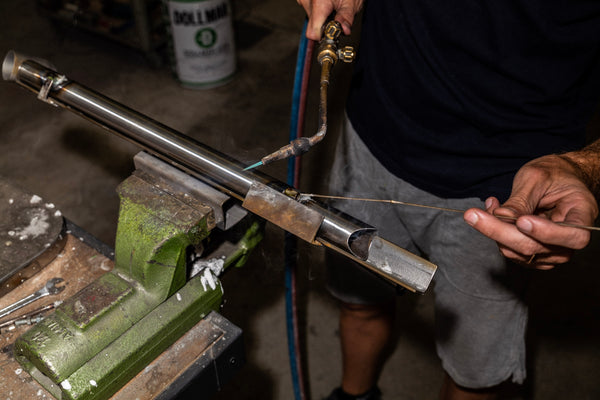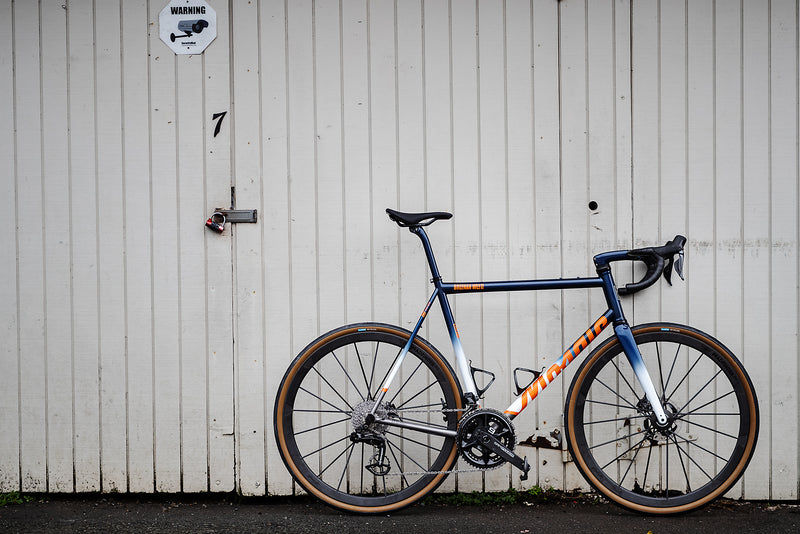There’s a lot of talk about the benefits of altitude training in elite athlete circles. For those who don’t know, the current thinking is that if you’re not sleeping in an airtight tent each night with barely a wisp of air between you and asphyxiation or yodeling at actual altitude for weeks on end, you’re not taking your job seriously. There are plenty of words on the web about why this is a thing, so we’ll skip the science and instead defer to timesheet troublemakers Brennan Wertz and Skyler Taylor on the real reasons to hit the high mountains.
“I feel like this doesn’t get spoken about much,” begins Brennan, fresh from a solid top-thirty performance at the Leadville Trail 100. “Everyone gets caught up on the numbers instead of the fact that altitude training takes you to amazing places. It really is just a great excuse to spend quality time at some epic spots. If you are looking to train above 7000 feet, you’re automatically in a cool place, especially in the US.”

Skyler concurs. “I love the views, the freedom, the terrain, the nature and the weather. I also love how long the climbs are,” he says of his recent stay in Leadville. “You can pretty much point your bike in any direction and ride uphill for over an hour.”
However, living above the treeline isn’t all poetry and botanical pursuits. According to Brennan and Skyler, riding at altitude does come with a performance bump, albeit with certain compromises. “Sure, there’s a speed lift, but you need to be super careful not to get run down,” explains Skyler. “Recovery takes longer, and you can’t train as hard. It’s a fine line.”

Brennan agrees. “Going to elevation is key. It’s paramount to performing well at altitude, and there are certain instances where it can be a big benefit for an athlete at sea-level events. Still, the biggest advantage it provides is when you are racing at altitude,” he says. “Although, in truth, I really suffer at altitude, and it’s always a bit depressing. Five hundred watts becomes four hundred - the fall-off is quite substantial,” he adds, quite unaware of the really depressing takeaway of that statement for regular riders.
And there’s more bad stuff to come. “Getting to altitude is also logistically complicated. It can be expensive and requires a lot of planning to figure out the right place to go,“ he explains. “It also means you need to be gone from home for three weeks at a time for a specific event.” And if those little storm clouds haven’t cast a shadow over your thoughts of training at altitude, there’s more low pressure ahead. “It’s fun to feel good on the bike, to feel fast and strong, and you don’t get that feeling at elevation. It’s hard. Your recovery is hampered. You can’t just keep plowing ahead like you can at sea level.”

The inability to hit the high revs is a big reason Skyler doesn’t see altitude training as a solid strategy for every race. “I don’t think I’d train at 10k for a race at a lower elevation,” he notes. “There’s so little oxygen up here you just can’t push yourself hard. Your legs don’t get the stimulus you would need for a race closer to sea level. And now that I’m done with the Leadville 100, I’ll be going to lower elevation, 5-7k, to prepare for the rest of the season.”

We all know pros are a strange bunch. Anyone who can eat their own weight in energy bars is surely a separate species, so we’ll let Alyssa, Brennan’s partner and fellow road-road cyclist sum up the layperson’s experience of riding at altitude. “The dry air means my hair is less frizzy. And the places are just so pretty,” she begins. “Everything just feels crisper. Even though I don’t go super fast on my bike when descending, it’s incredible how quickly you pick up speed - the air feels so thin.” And on adapting to higher ground: “I feel like I have an okay time. I adjust pretty quickly after the first couple of days. Sometimes the thin air hampers my ability to get a good night’s sleep, but otherwise I handle the higher elevations reasonably well."













Back to Journal